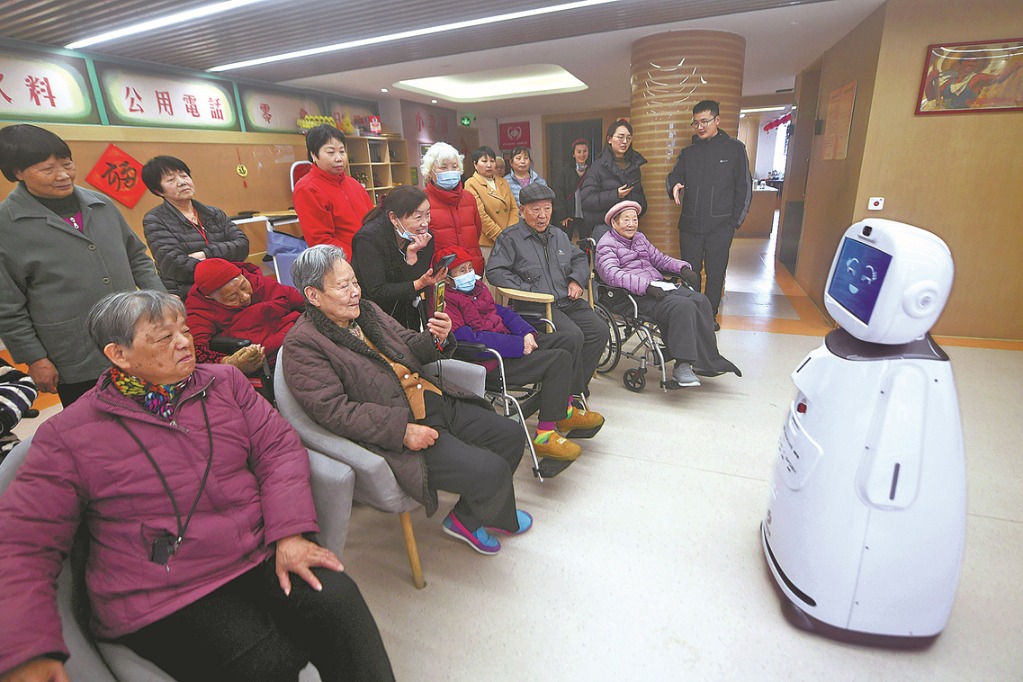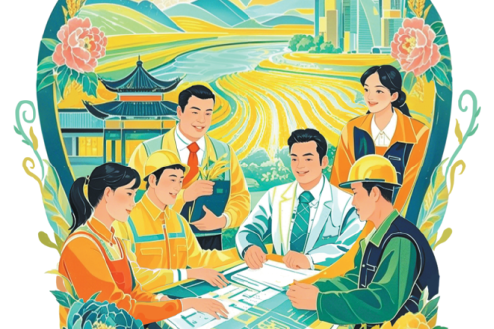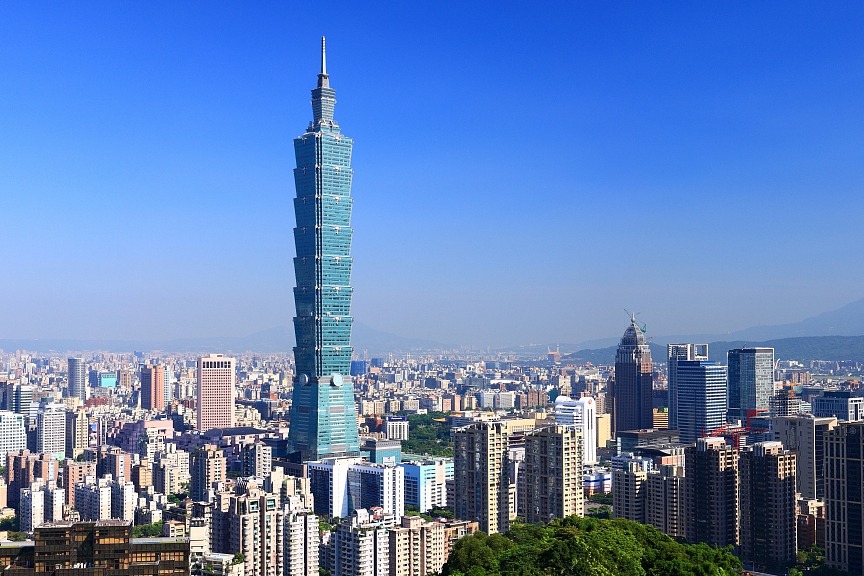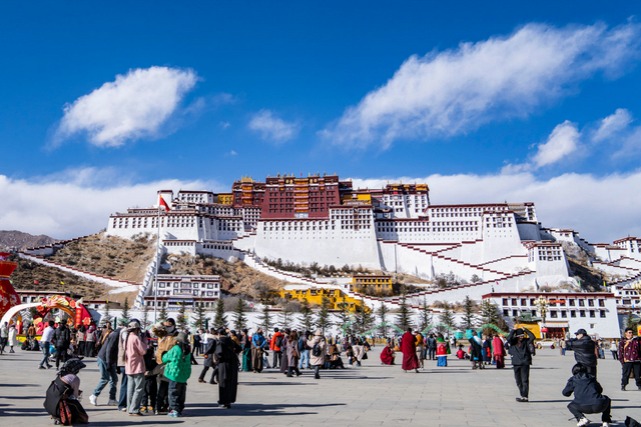Continued progression
The trajectory of the past half century points the way forward for Thailand-China relations in a changing Asia


This year marks the 70th anniversary of the Bandung Conference and the 50th anniversary of diplomatic relations between Thailand and China. These anniversaries highlight the enduring spirit of solidarity, mutual respect and peaceful coexistence that has driven Asian regionalism since the mid-20th century.
Thailand and China have become exemplary partners in promoting the Bandung Spirit of solidarity, friendship and cooperation.
The trajectory of Thailand-China relations over the past half century reflects an energetic interaction between historical affinities, economic pragmatism and geopolitical transformation. From the initial years of guarded interaction to the present-day extensive strategic cooperation, the relationship between the two countries has developed into one of the most stable and mutually rewarding in the region. With China's persistent emergence on the world scene and Southeast Asia's rapid economic and strategic development, the challenge in the future lies in how the two countries can take their collaboration further and forge a community with a shared future.
Thailand was the first member of the Association of Southeast Asian Nations to normalize diplomatic relations with the People's Republic of China, which it did on July 1,1975. The move was amid an enormous geopolitical realignment in Asia. Bilateral relations started modestly with a focus on trade, cultural exchanges and diplomatic mutual recognition. However, the post-Cold War era saw an intensification of bilateral activities, most notably in economic cooperation.
China and Thailand have taken their ties to the comprehensive strategic cooperative partnership level in 2012. That was after China increased its activities in the region under the framework of the Belt and Road Initiative, in which Thailand has willingly participated. Several memorandums of understanding and cooperation agreements covering aspects such as infrastructure, trade, education, public health and defense have been signed by both countries under the framework of the BRI.
One of the most tangible and quantifiable dimensions of Thailand-China relations is economic cooperation. China has been Thailand's largest trading partner since 2013. Bilateral trade between Thailand and China reached $135 billion in 2022, representing almost 18 percent of Thailand's total foreign trade, according to Thailand's Ministry of Commerce. China is also one of the major investors in Thailand, especially in renewable energy, logistics, manufacturing and the digital economy.
Through the BRI, a number of infrastructure projects have been initiated, the most notable being the Thai-Chinese high-speed railway. The intention is for railway, upon completion, to link Bangkok to Laos and South China, further facilitating connectivity and economic integration under the vision of the Pan-Asian railway network. Although the project has been postponed by Thailand due to cost, it speaks volumes of both countries' mutual long-term vision of cooperation on the foundations of connectivity-led development.
Additionally, the Regional Comprehensive Economic Partnership, the world's largest free trade agreement among ASEAN, China and other regional economies, provides another avenue for Thailand and China to align their economic agendas and simplify trade regulations.
The deep cultural and people-to-people connections between Thailand and China are based on a centuries-long process of migration. About 10 to 14 percent of the Thai population is of Chinese origin, with many of them becoming prominent figures in business, politics and civil society. This shared heritage provides a basis for friendly public opinion and makes bilateral cooperation culturally significant.
Educational and academic exchanges have also increased. More than 30,000 Thai students have studied in China as of 2023, while Confucius Institutes in Thailand serve to promote Chinese language and culture. Thai universities have also expanded Southeast Asian studies programs to learn more about China's involvement in the region.
Tourism is also an important bridge. Prior to the COVID-19 pandemic, over 10 million Chinese tourists traveled to Thailand each year, and China emerged as the Thailand's most important source of inbound tourism. Tourism is now recovering and continues to be an important economic and cultural bridge.
Apart from bilateral collaboration, Thailand and China also cooperate in multilateral platforms such as the "ASEAN+3" cooperation mechanism, Asia Cooperation Dialogue, Greater Mekong Subregion cooperation and the United Nations. Thailand is also a strong supporter of China's regional development plans such as the Asian Infrastructure Investment Bank and the Global Development Initiative. In particular, the two nations have shown solidarity in times of necessity. During the COVID-19 pandemic, Thailand was one of the earliest nations to receive China's medical assistance and vaccines. Thailand reciprocated with logistic support and joined in regional health coordination efforts, reaffirming the spirit of solidarity and inclusiveness that characterizes contemporary Asian values.
Looking ahead, there are several strategic areas where Thailand-China relations can develop, such as the green and digital transitions, public health and aging societies, security and strategic dialogues, youth and education, sustainable tourism and cultural diplomacy.
Cooperation will be required in green energy, climate change mitigation and digital infrastructure. Thailand's Bio-Circular-Green Economy model aligns with China's dual carbon goals and creates a new area for bilateral innovation and investment.
Both countries are facing a demographic transition. Cooperation in healthcare innovation, eldercare technology and medical education can create long-term win-win opportunities.
The strategic dialogue must be intensified when there are strong economic and cultural relations, to address new challenges in the form of cybersecurity, transnational crime and regional stability, particularly in the South China Sea and the Mekong subregion.
Enhancing people-to-people exchanges, joint research and academic collaboration among young leaders will secure the future generation of leaders who will comprehend and continue bilateral cooperation.
Amid growing concern about overtourism and environmental degradation, both sides ought to encourage sustainable tourism trends and cultural collaboration on the preservation of shared heritage and the creative economy.
Thailand-China relations are a living example that mutual respect, shared values, and pragmatic cooperation can produce lasting friendship and strategic vigor. As we celebrate the 50th anniversary of diplomatic relations and the 70th anniversary of the Bandung Conference, we must also take on the role of shaping the future. A closer and more comprehensive Thailand-China relationship will not only serve the interests of the two peoples but also regional stability, inclusive development and the revival of the Asian century. By sustaining the conversation, co-innovation, and the trust between them, the two countries can together map out for the next 70 years, a future in line with the Bandung Spirit and focused on shared prosperity and peaceful coexistence.
The author is an associate professor at the Institute of East Asian Studies at Thammasat University, Thailand. The author contributed this article to China Watch, a think tank powered by China Daily.
The views do not necessarily reflect those of China Daily.
Contact the editor at editor@chinawatch.cn.


































